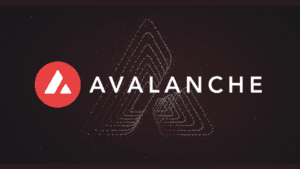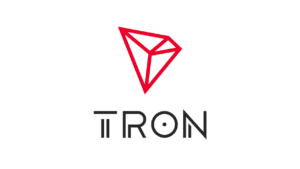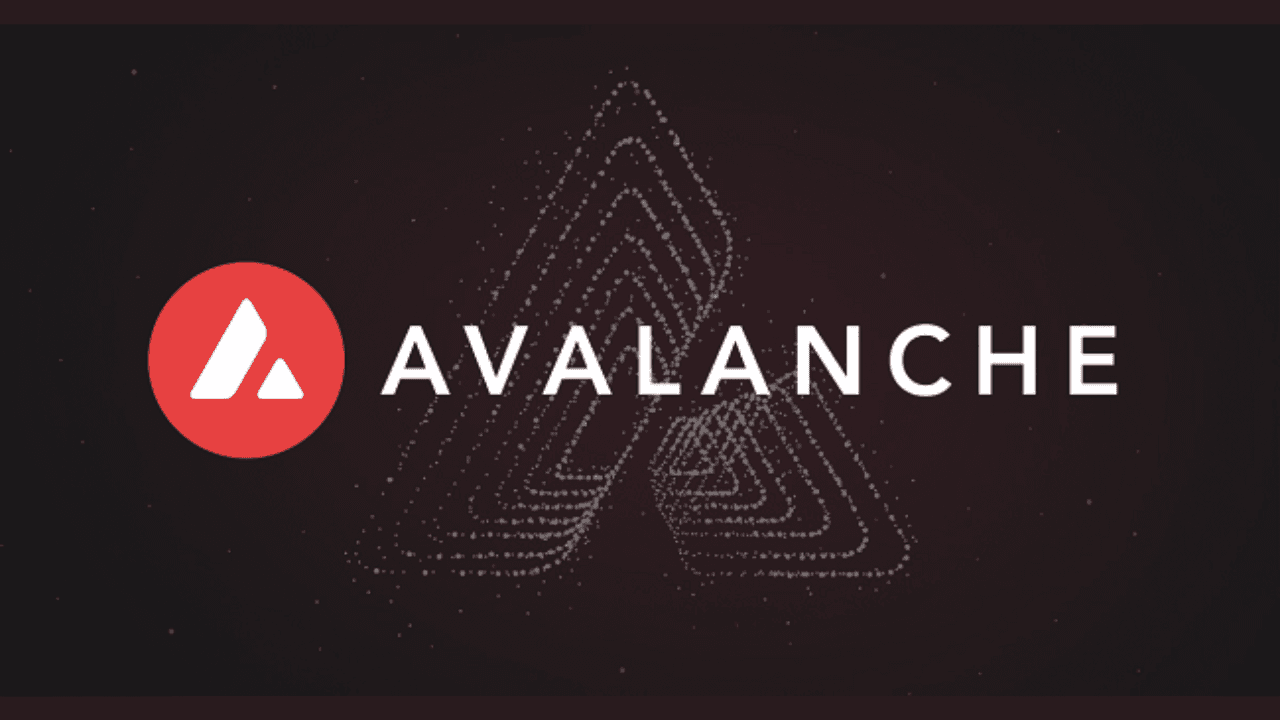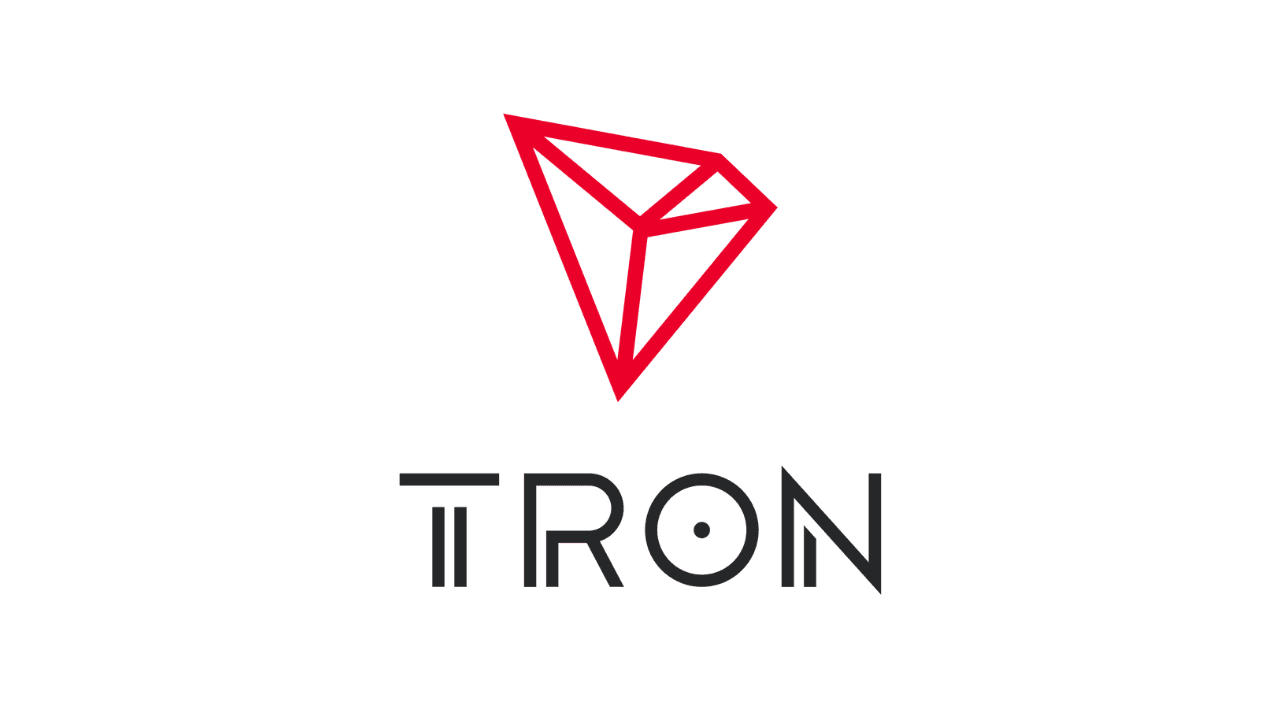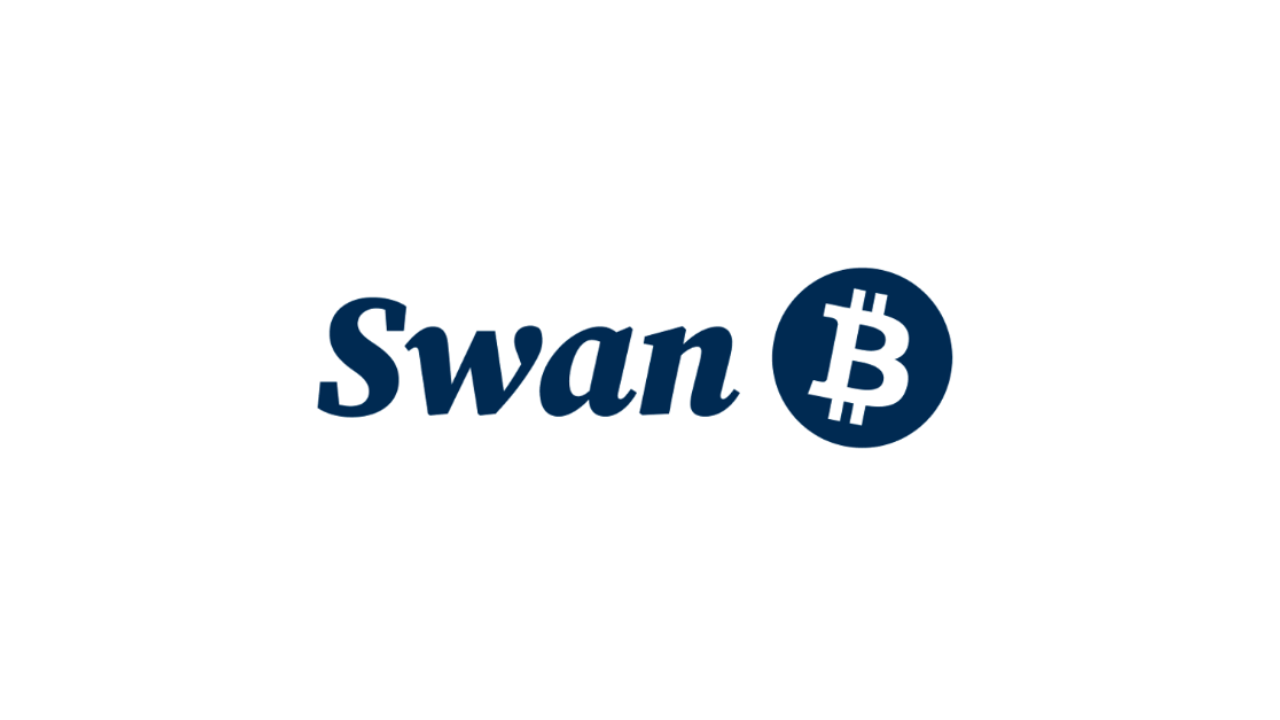The Internet of Things (IoT) blockchain ecosystem, IOTA, has recently unveiled its latest innovation, the “IOTA 2.0” testnet. This new development is set to enhance the scalability and security of the IOTA ecosystem, marking a significant stride in its technological evolution.
One of the key features of the IOTA 2.0 testnet is its commitment to environmental sustainability. By minimizing its environmental footprint and energy consumption, the testnet is designed to appeal to organizations that prioritize green solutions.
Table of Contents
ToggleIOTA Transitioning to a Greener and More Efficient Network
In a groundbreaking move, IOTA has announced that the “IOTA 2” testnet will facilitate the transition from the traditional Proof of Work (PoW) consensus mechanism to a decentralized Proof of Stake (PoS) system. This shift is expected to boost the network’s scalability and efficiency, paving the way for a more sustainable and efficient blockchain ecosystem.
The introduction of the new testnet signifies the removal of the central entity that previously oversaw consensus within the network. In its place, IOTA aims to counteract the dominance of centralized figures within the network, thereby fostering a truly decentralized environment. The organization has expressed its intent to delve into novel concepts of efficiency and genuine decentralization.
IOTA has designed the new consensus mechanism to bolster the security of the network, making it more resilient to attacks and system failures. This enhancement is crucial for building trust and promoting wider adoption in sectors such as finance, healthcare, and smart cities, where security is of utmost importance.
A Testbed for Developers and a Step Towards Solving the Blockchain Trilemma
IOTA has clarified that its new testnet serves as a testing ground for developers and does not hold any real-world value. The organization has also stated that the 2.0 network may undergo occasional reboots, albeit with a grace period.
The launch of the new IOTA testnet has been hailed as a milestone on social media, with developers highlighting its potential to open up new opportunities within the decentralized finance ecosystem. Some have even suggested that it could rival Ethereum and reach a market capitalization of $1 billion.
The new testnet has sparked discussions among developers, with some suggesting that IOTA is on the verge of resolving the blockchain trilemma – the challenge of achieving scalability, decentralization, and security simultaneously. Others have predicted that the new testnet will lead to greater efficiency, as it eliminates the need for continuous block creation.
IOTA’s Market Response
Following the announcement of the IOTA 2.0 testnet, the price of IOTA’s native token experienced a minor surge, rising from $0.21 to $0.23, an increase of approximately 5%. Despite this, the token has recorded a weekly loss of 3.81% and a monthly loss of 4.95%. As of the time of writing, the price of IOTA has returned to $0.21.
In conclusion, the launch of the IOTA 2.0 testnet marks a significant step forward for the IOTA ecosystem. By enhancing its scalability, security, and environmental sustainability, IOTA is well-positioned to attract a wider range of users and developers, potentially transforming the landscape of the decentralized finance ecosystem.



